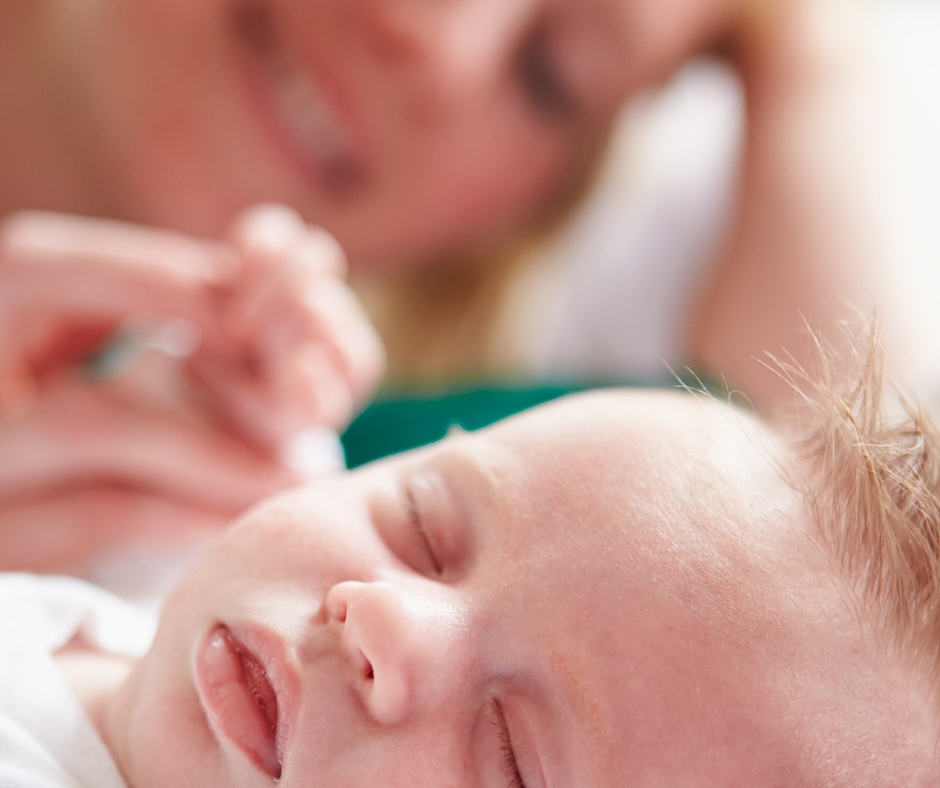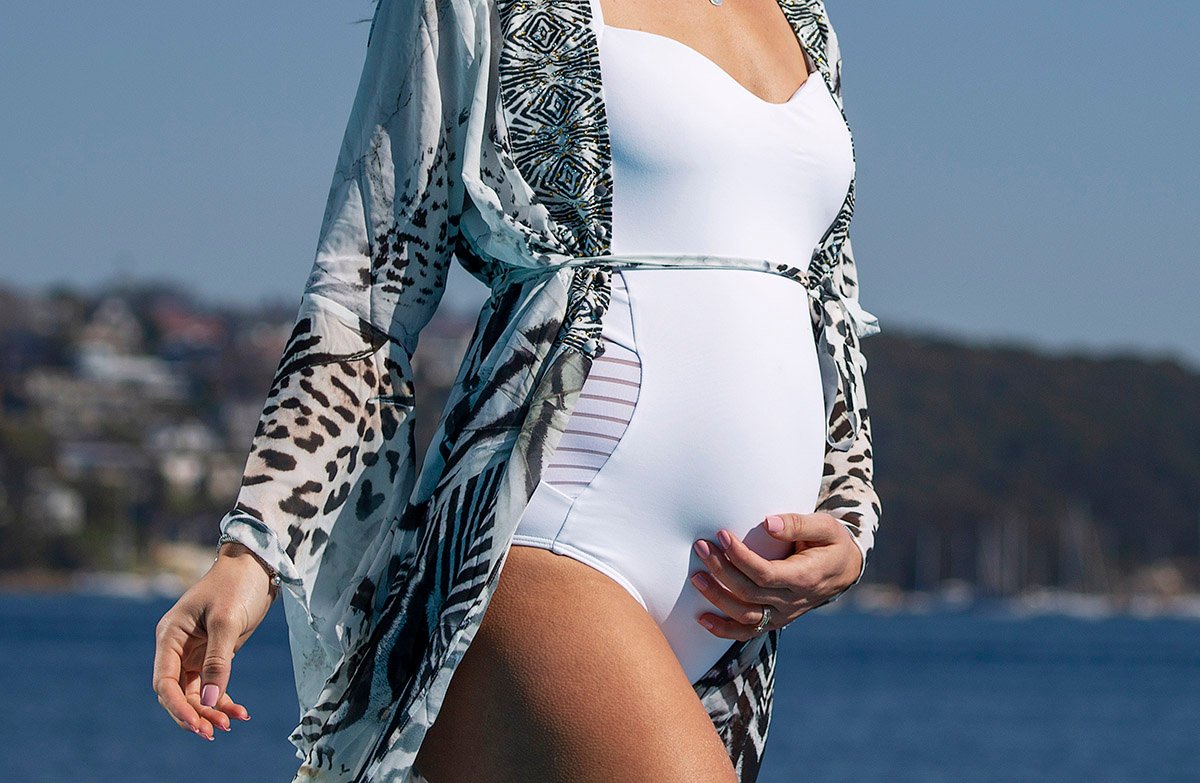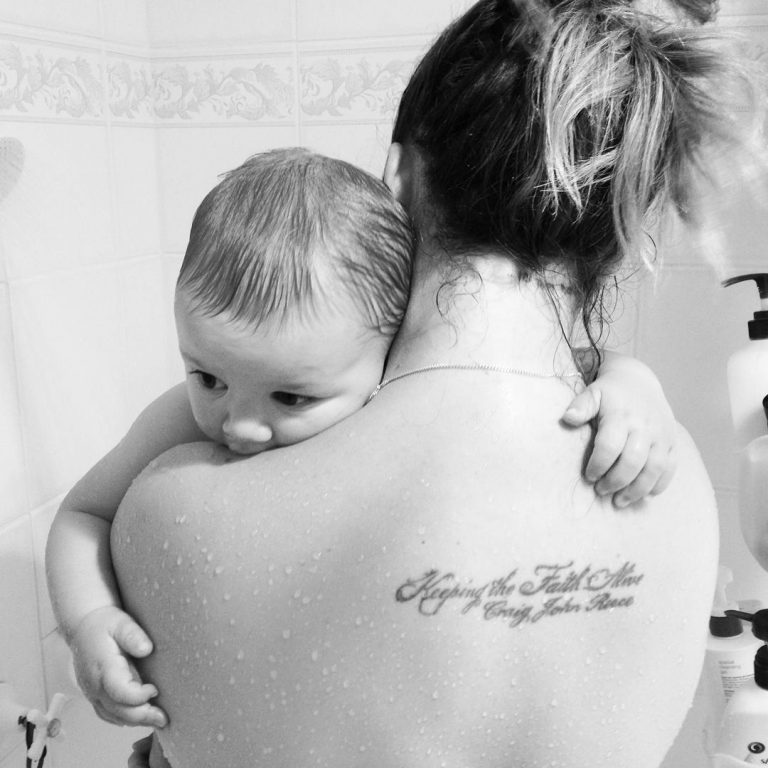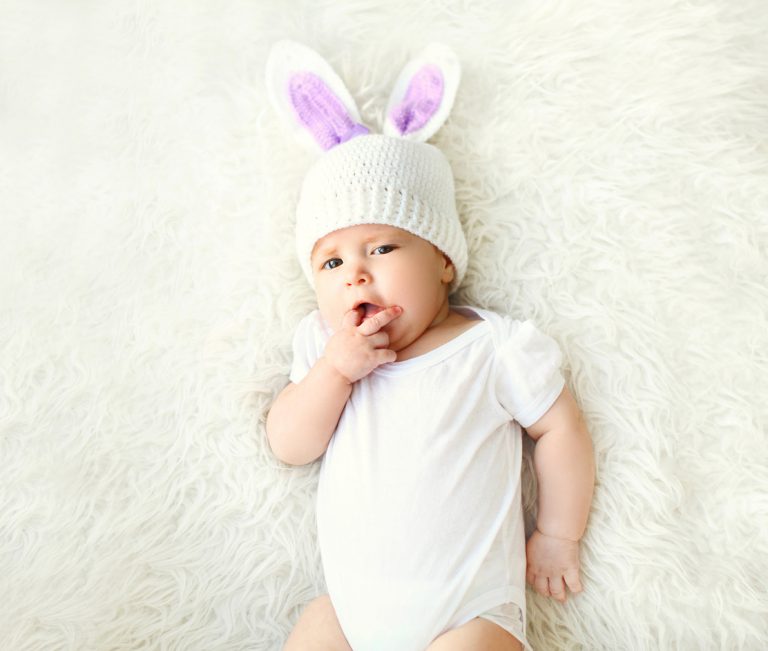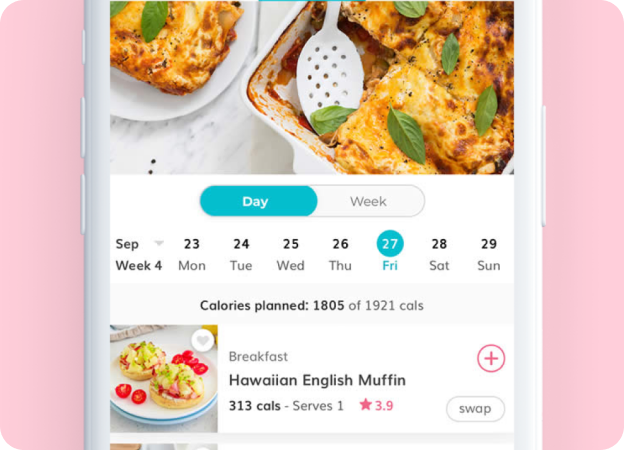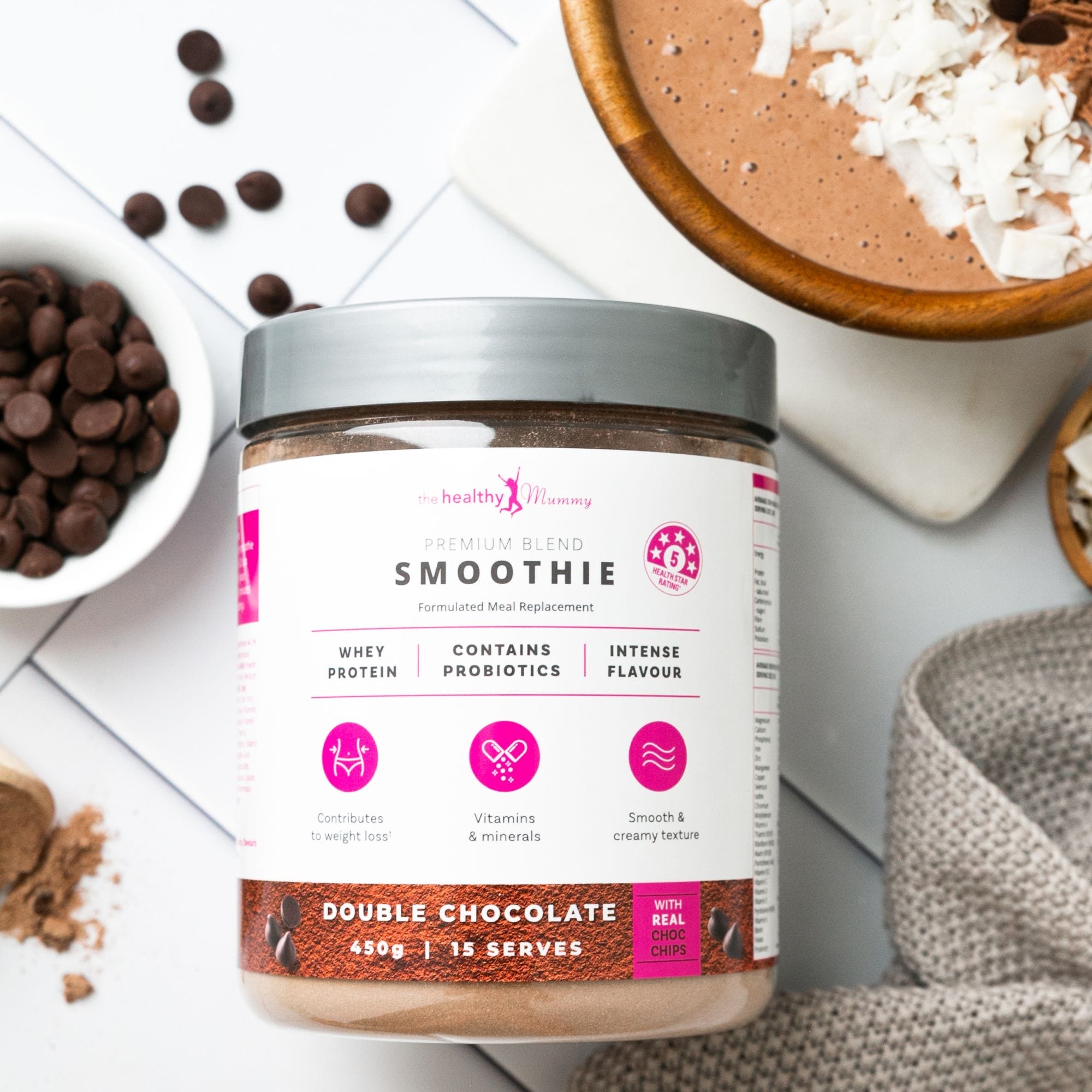Midwife explains everything you need to know about co-sleeping
Midwife, Lactation consultant (IBCLC), Child and Family Health Nurse, baby wearing consultant and mum-of-two, Bel Moore, explains everything you need to know about co-sleeping.
Love it or loathe it, co-sleeping is something that many families do.
If you’re considering co-sleeping with your little one, our go-to midwife reveals what to be aware of, the associated risk factors and how to reduce them.
Is co-sleeping safe?
With at least 80% of babies spending some time co-sleeping with their parents in their first six months of life, it is very important to be educated about co-sleeping safety and the current recommendations.
There is much debate in the literature about co sleeping and even the definition.
Co-sleeping and bed sharing are sometimes used interchangeable but usually means sharing the same sleep surface as the baby or having them along side your bed in a co sleeper bassinet, side car cot or even mattresses on the floor.
Co-sleeping safety is a complex subject that encompasses many factors.
SIDS and Kids report that there is insufficient evidence to issue a blanket statement either for or against co-sleeping but their current recommendation to reduce SIDS is: having baby sleep in a cot next to their caregiver’s bed for the first six to twelve months of life.
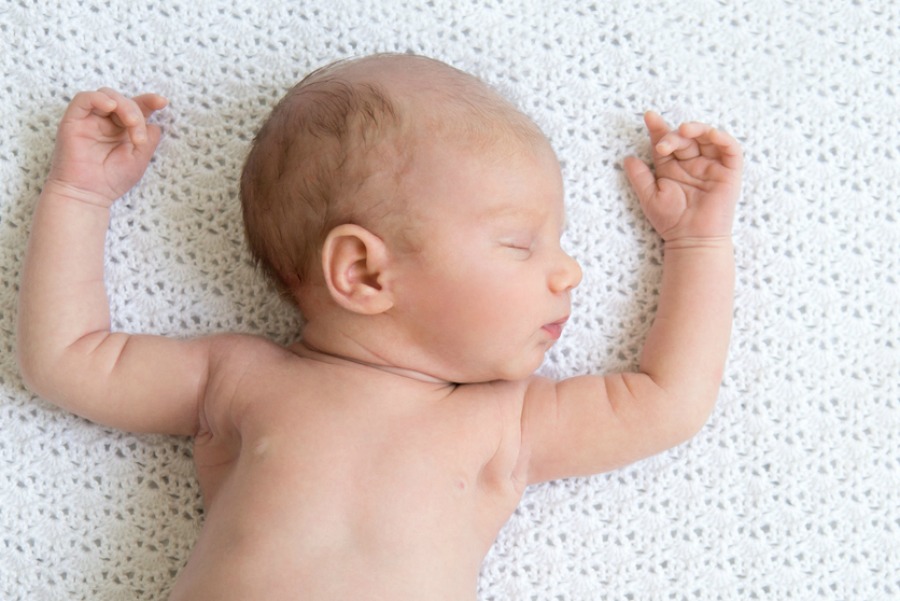
Why do people co-sleep? What are the benefits?
- Skin-to-skin contact – it promotes the release of oxytocin, a powerful hormone that strengthens the bond between people. It also calms, soothes and regulates temp and heart rate.
- Easy breastfeeding access – mothers who share a bed with their baby tend to breastfeed for longer, both exclusively and in total length. Breastfeeding is strongly and consistently associated with decrease in SIDS risk.
- More sleep – although they may have more wake ups, they are usually in tune with their caregivers and therefore less time awake. The awakenings are also less disruptive.
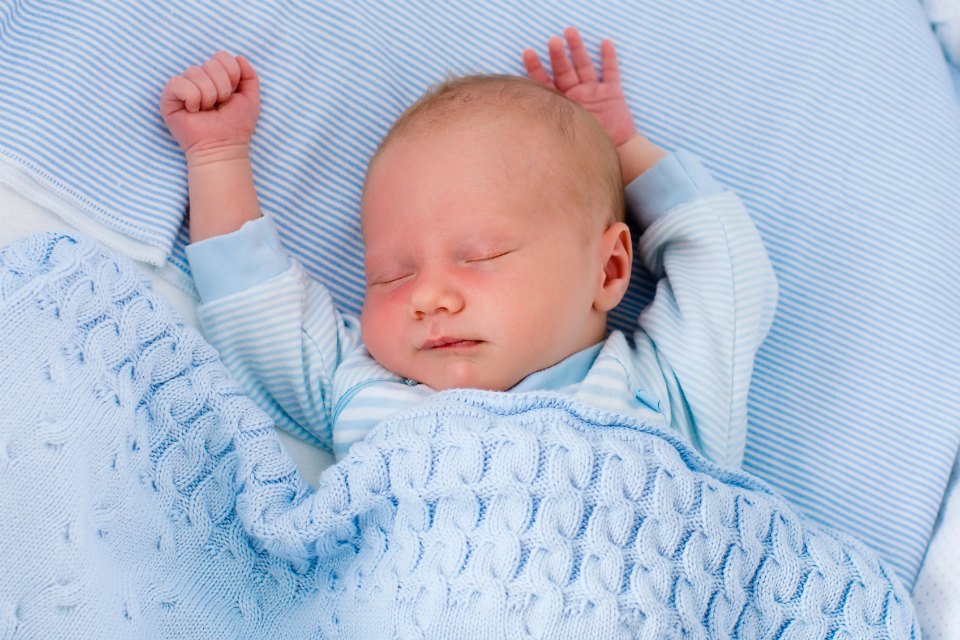
The following things increase the risk of SIDS or sleeping accidents when combined with co sleeping:
- Caregivers who are smokers and/or obese.
- Where there is adult bedding that may cover the baby.
- Where the baby can be trapped between the wall and bed, can fall out of the bed or be rolled onto.
- When the parent is under the influence of drugs or alcohol or is extremely tired.
- Other children or pets in the bed.
- Where the sleep surface is a sofa, lounge, beanbag or sagging mattress.
- Formula fed baby.
If you think co sleeping is the best decision for your family, minimise the risk and ensure it’s as safe as it can be by following the RedNose risk minimisation approach:
- Place baby on the back to sleep.
- Make sure the mattress is firm and clean.
- Make sure that bedding cannot cover the baby’s face. Use lightweight blankets and make sure bay is not wrapped or swaddled. You can use a baby sleeping bag if needed.
- Research shows the safest place for a baby to be in the bed is between its mother and the edge. Ensure they can’t roll off, you can even put your mattress on the floor to further minimise this. Some babies have become trapped between the bed and the wall.
- Do not leave them unattended on an adult bed or sofa when sleeping.
- Ensure very long hair is tied up and teething necklaces are removed to prevent entanglement.

At the Healthy Mummy we understand what it is like to be a mum, as we are mums, too. That’s why we offer a supportive community from pregnancy, birth, early motherhood and beyond.
With eight community groups, including a NEW MUM SUPPORT GROUP, there are THOUSANDS of like-minded mums who can offer daily support to the Healthy Mummy members. All groups are moderated regularly by our professional staff, to ensure a safe and non-judgemental environment.
To find out more on our communities, click here.

